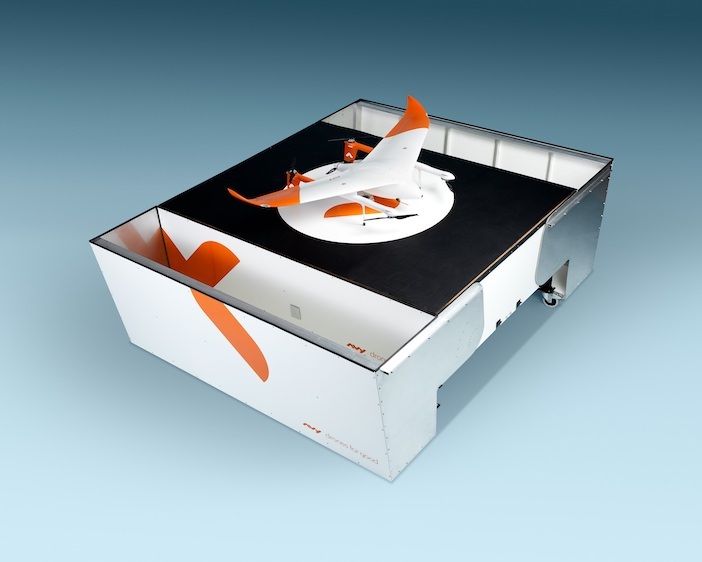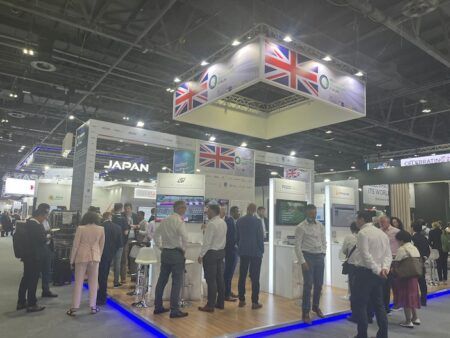This week, for the first time, Amsterdam Drone Week (ADW Hybrid) will be collocated with Intertraffic at Amsterdam RAI across the same dates (March 29 – April 1)
The partnership of the two events reflects the increasing crossover between the worlds of traffic and city management and urban air mobility, with visitors invited to dip into both exhibitions.
ADW Hybrid will showcase international technical innovations and the application of drones, as well as the latest state of affairs around the more uniform European law and regulations.
According to the figures of the Netherlands’ Ministry of Infrastructure and Water Management (I&W) the number of drones and unmanned aircrafts in the Netherlands has more than doubled since 2015.
The High Level Conference on Drones by The European Authority for aviation safety, EASA will also take place during ADW Hybrid. Over the course of three days, over 250 experts will share the most recent developments in urban air mobility, and will look to the future.

Urban air mobility action plan
At ADW Hybrid, different European cities that are a part of the UIC2 partnership will be represented. Together they will discuss the universal regulations for unmanned air traffic through drones.
Low-altitude airspace is not yet part of urban mobility as we know it. As a result the airspace has to be integrated in the cities and regions. Those cities include: Amsterdam, Enschede, Hamburg, Ingolstadt, Heerlen, Liège, Ljubljana, Stockholm, Madrid, Zaragoza, Porto and Bari.
Besides UIC2 members their will also be representatives of the regions Amsterdam, Bavaria, Paris and Poland. The Dutch ministry of Infrastructure and Water Management sees many challenges when it comes to Urban Air Mobility in our country.
During the NL Drone Day (March 31) Jaco Stremler, the director of Aviation within the ministry, will present the Actionplan Unmanned Airtraffic 2022-2023.
“In the Netherlands, drones are more frequently used for varying purposes, think of agriculture, medical transport, water management, for bringing medicine to the Wadden Sea islands or for search-and-rescue missions on the North Sea,” says Goriska van Cooten, programme manager Unmanned Airtraffic of the I&W ministry.

Remote areas and demonstrations
The American start-up Zipline, active in North America, Asia and Africa, will also be present at the event. Zipline sees ADW as a stepping stone to Europe. On the African continent Zipline employs drones to deliver medicine in remote areas.
“It is our ambition to make the transport of products accessible to everyone. Not just for the rich. In Ghana and Rwanda we use our drones for good in the transport of medicine. Starting next year we want to do the same for the Ivory Coast, Kenia and Nigeria,” says Anne Hilby senior vice-president external affairs, Zipline.
The drones that will be used for blood transport (a collaboration between ANWB, KPN and Erasmus MC, PostNL, Sanquin and Avy) and the drone by Horyzn which is equipped with a defibrillator will also be shown at ADW Hybrid.
These drones will be included in the flight demonstrations in the Drone Area in hall 11 of RAI Amsterdam. Besides this, there is a Showcase Area where the newest Unmanned Aerial Vehicles (UAV) will be shown.





